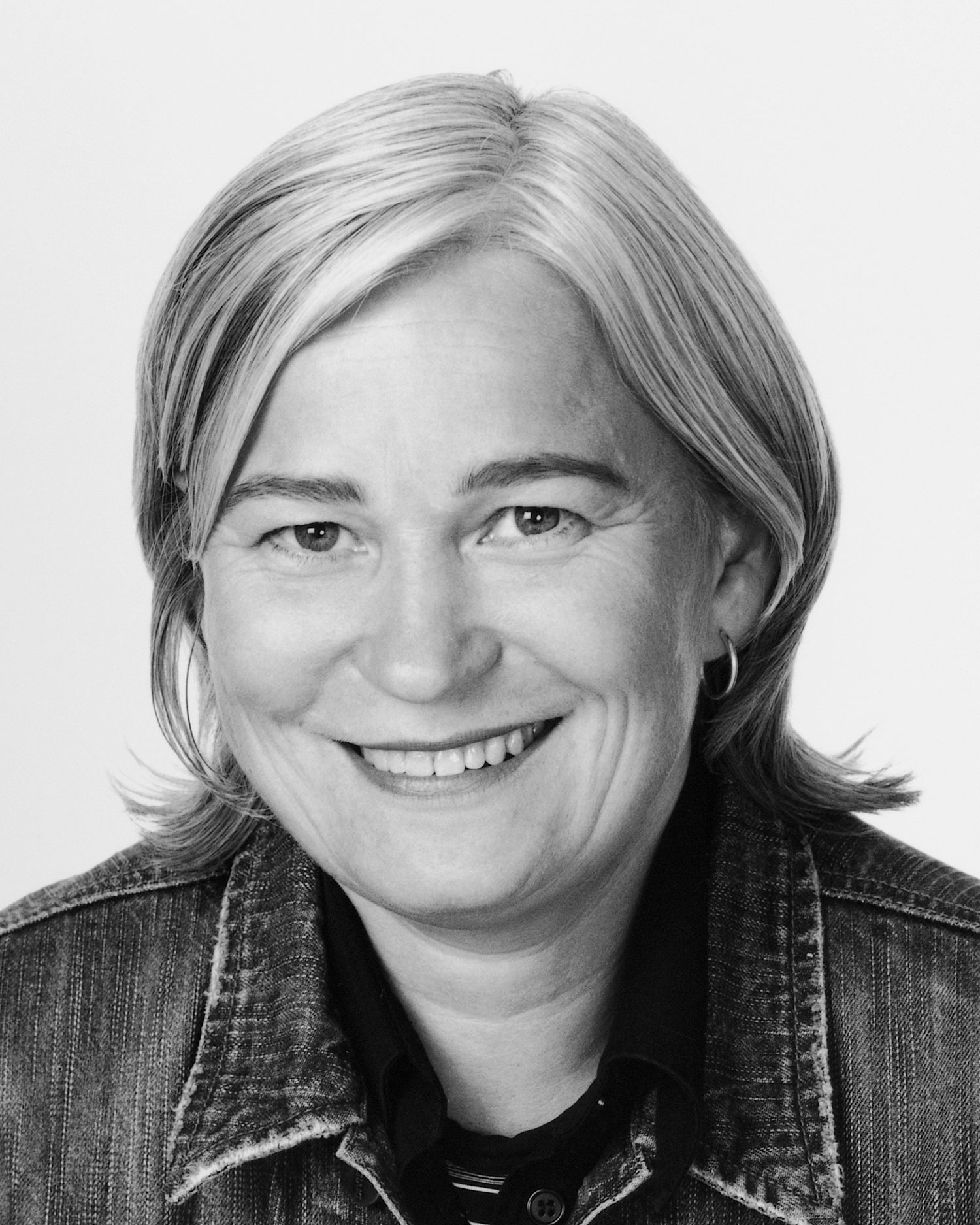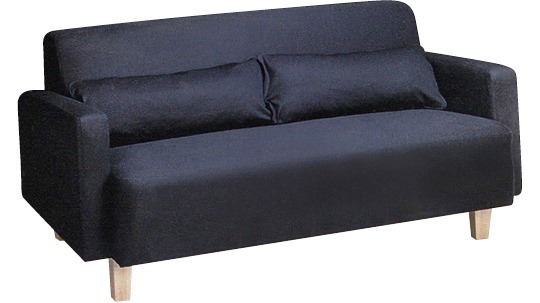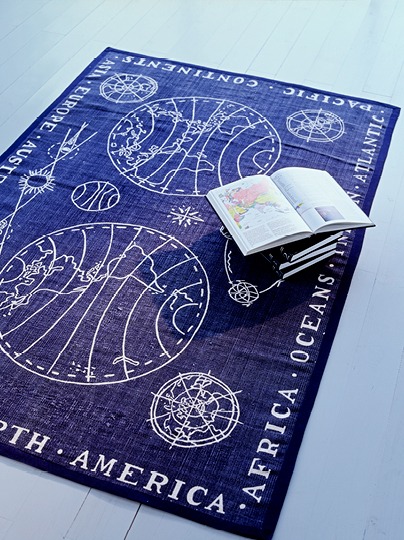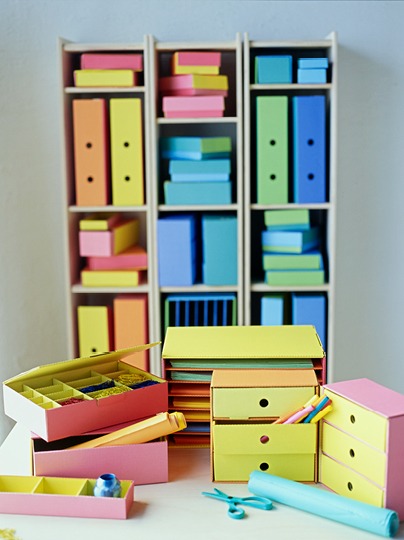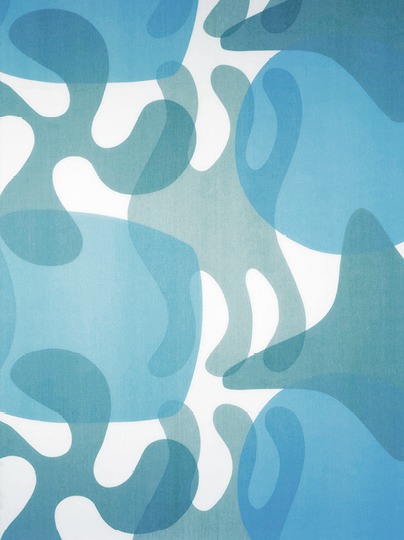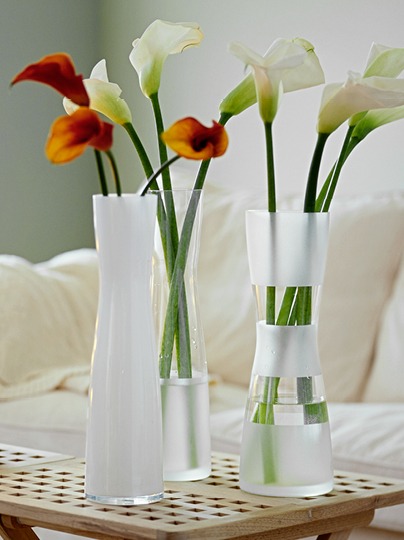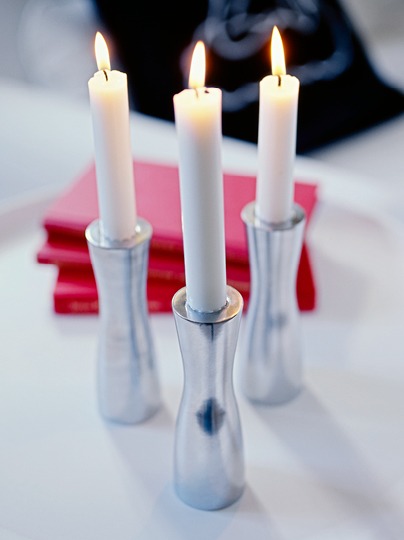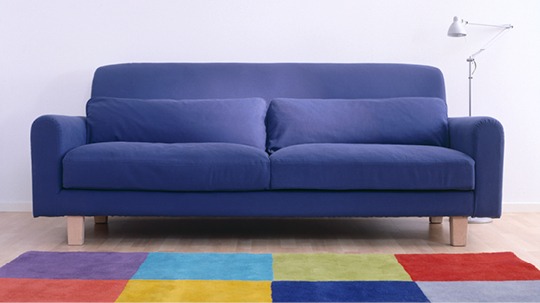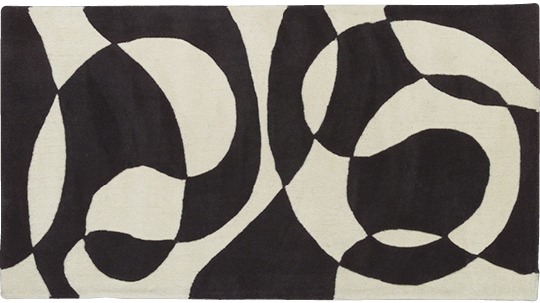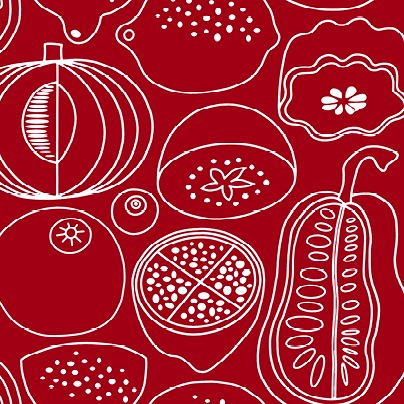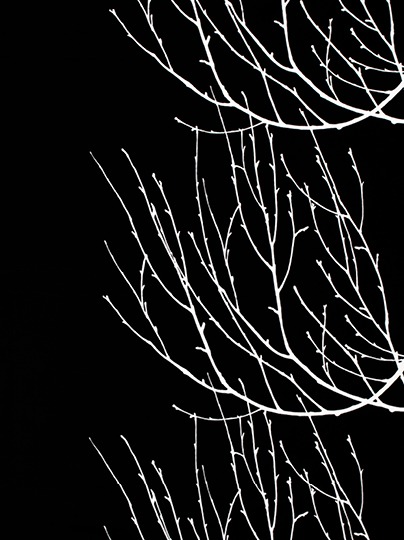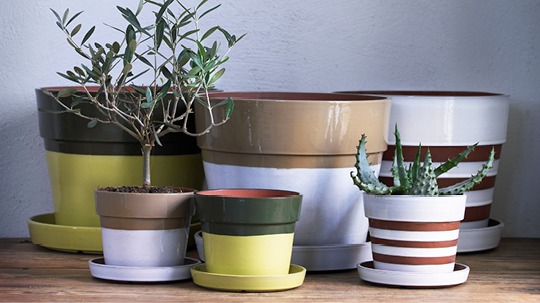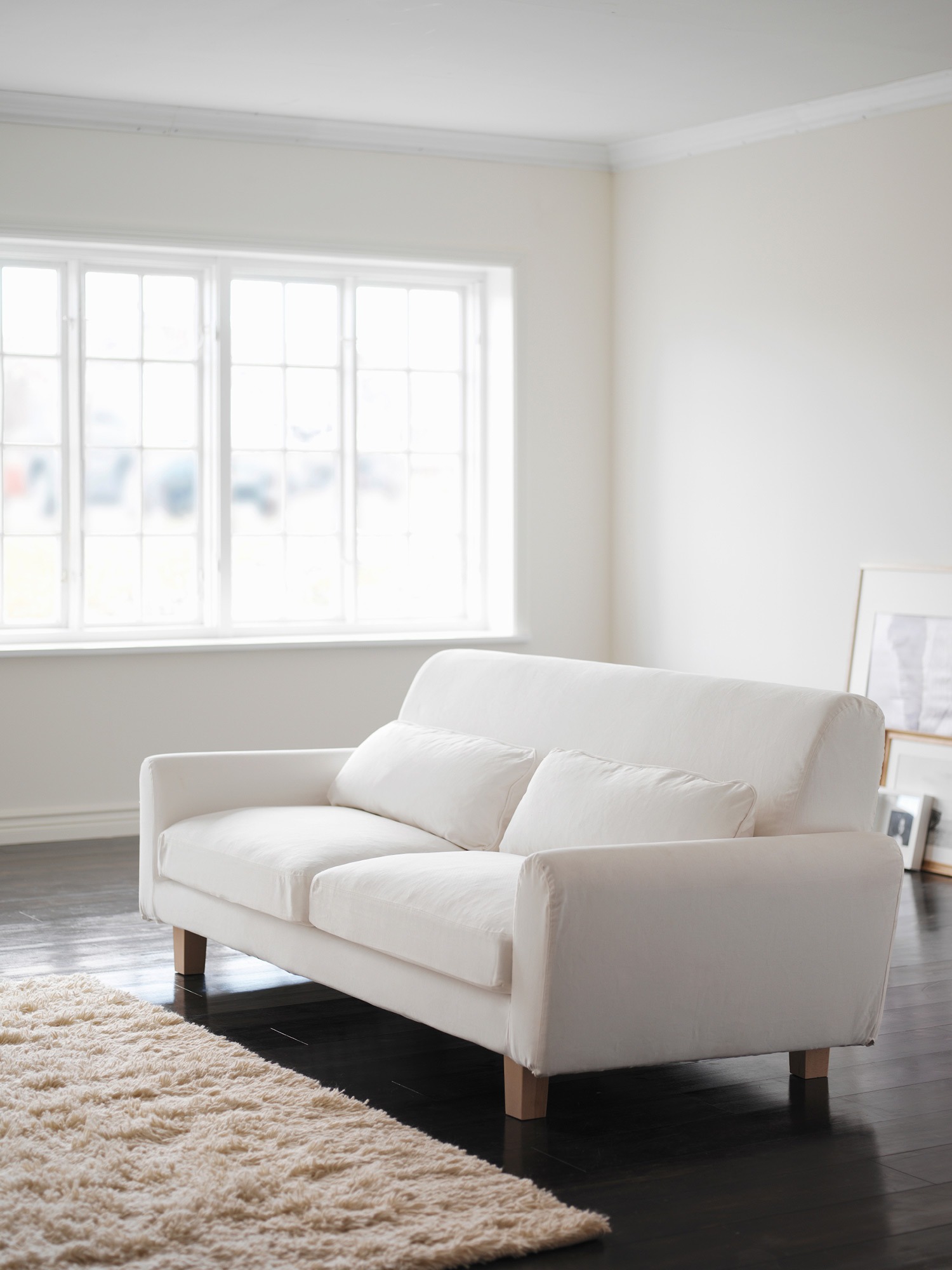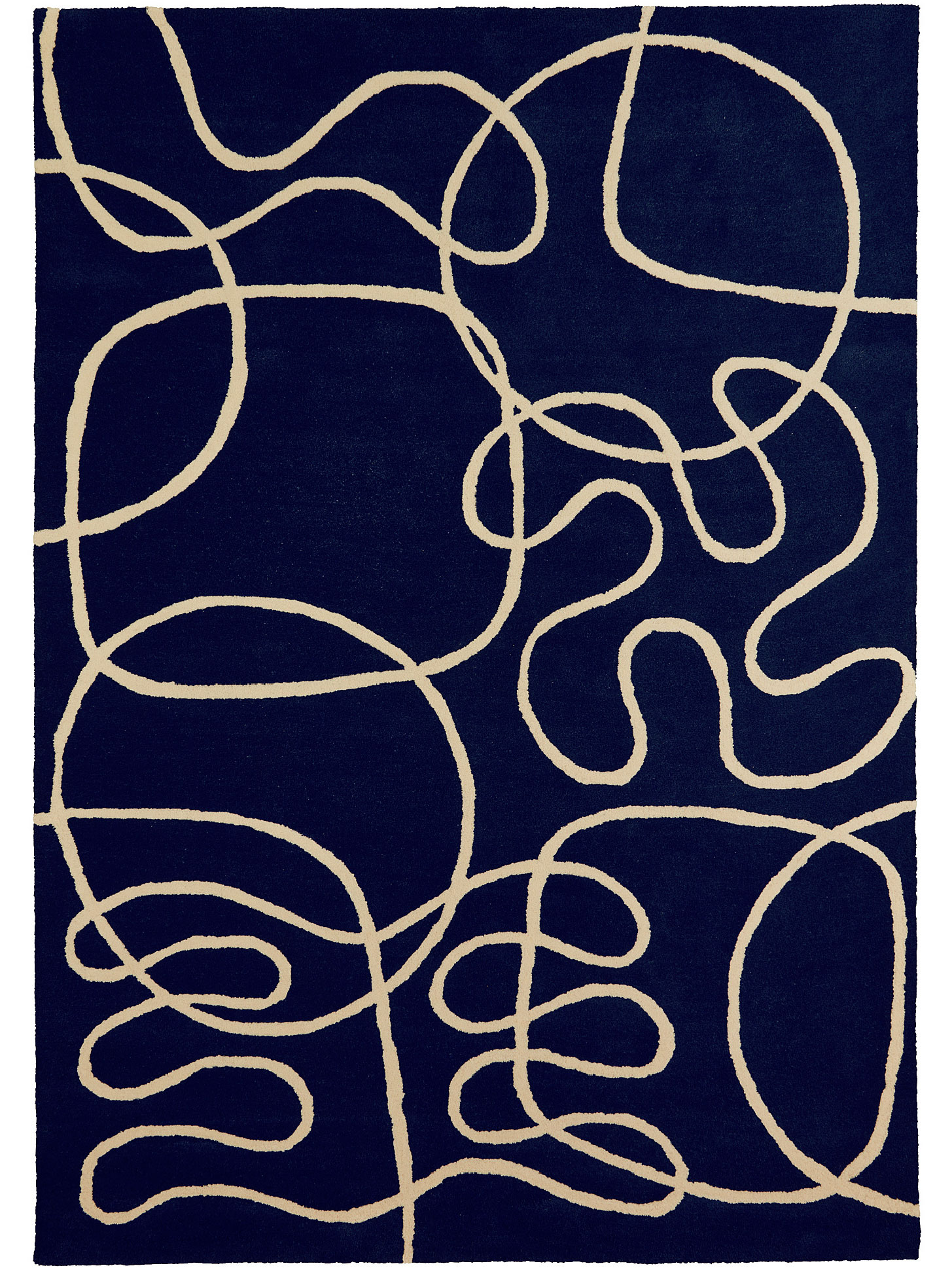76
Grounded in a deep commitment to living in the present, Erika’s designs begin as personal expressions and evolve into innovations used and loved by millions. She grew up with an older sister and brothers in a small northern Swedish town near the border with Finland. During the long summers in the Nordic archipelago, they played shipwreck on a raft made from an old barn door, built tree houses and tussled on a “wrestling mat”-patterned rug. Erika still vividly remembers its bold, geometric designs in contrasting colours. From an early age, her mother encouraged Erika to pursue sewing and crafts. At 21 Erika moved to the Swedish capital, Stockholm, and began building a career in fashion.
Erika started out taking courses in hand weaving, spinning and sewing before shifting to industrial knitting, pattern construction and garment manufacturing. She then studied fashion at Beckmans College of Design and went on to work as a clothing designer for major fashion brands. Over time, her interest broadened to encompass interior architecture, and designing furniture and other interior products.

